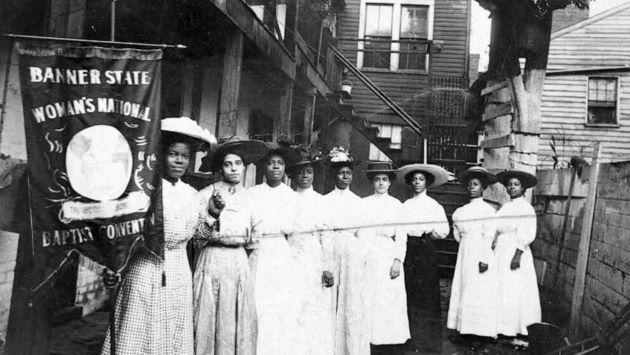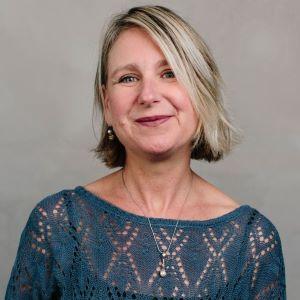
March 8 marks International Women’s Day, an opportunity to pay tribute to the women’s suffrage movement that was launched in a protest in 1908, when 15,000 women marched in the streets of New York to demand shorter hours, more pay, and the right to vote. WomenSing, an auditioned all-female chorus founded in 1965 and based in Orinda, will mark the occasion by presenting Suffrage Cantata. The cantata, by composer, conductor, scholar, and music educator Andrea Ramsey, will feature the chorus, a string quartet, two percussionists, soprano soloist Candace Johnson, and narrator La Nell Martin. The concert will take place on March 10 at 4 p.m. at Saint Stephen’s Episcopal Church in Orinda.
The guest conductor for this concert will be Rebecca Seeman, who is on the faculty in the Performing Arts and Social Justice Department at the University of San Francisco and is the artistic executive director of the Sacred & Profane Chamber Chorus in Berkeley.
Seeman explained that the genesis of her collaboration began with a phone call last fall from Ofer dal Lal, WomenSing’s artistic director, who asked her if she would cover the concert because he had a conflict. As it turned out, Seeman already knew of a piece that would turn out to be the perfect fit.
Two years earlier, while attending the Western Division ACDA Conference in Los Angeles, she had seen a performance of Suffrage Cantata, which had been commissioned by a consortium of women’s choirs around the country, and she was quite taken by it.

“I was at that premiere performance and had been thinking about what a special piece it was and thought it sounded like the perfect thing for this group — for this moment. It just sort of clicked off a lot of the bases for this particular time, and it has been feeling very relevant to all of us,” said Seeman. “Ramsey was really trying to tell an artistic story, both through the music and through the text, and the people that she focused on, that really pulled some of the veil off the suffrage movement — what we don’t know about it. And she discovered in her research that there were a number of women of color that were really significant in moving the movement forward. There’s a lot in the story that tries to pull some of those things out of the background so that we are really looking at them and celebrating everybody’s contribution.”
According to Seeman, the piece, an extended work in five movements, encompasses a wide variety of styles and includes narration that explains the story in detail. In addition, there will be a number of poster boards placed in the foyer of the venue with printed images of many of the prominent characters with information about their biographies and contributions to the suffrage movements. These boards will then be moved to the reception that follows the concert.
Although the piece tackles a serious subject, Seeman said that there will also be some humor in it.
“The final vote that was cast that passed the amendment was by a young senator who was on the fence about it, and it was the deciding vote,” she explained. “And his mother wrote him a letter that said: ‘I hope you know what you're supposed to be doing — I’ll be watching you.’ And then he cast the final vote.”

